Choosing the right sleeping pad is key to a great camping trip. It supports your body and keeps you warm. In this article, we’ll look at different sleeping pads and what to consider. Knowing how to pick the best one means a good night’s sleep under the stars.
Key Takeaways
- Choosing the right sleeping pad is crucial for camping comfort.
- A sleeping pad provides both support and insulation.
- Understanding the various options helps in making an informed selection.
- Comfort during the night enhances the overall camping experience.
- Focusing on features will lead to better choices in camping gear essentials.
Understanding Sleeping Pad Basics
Choosing the right sleeping pad is key for a good camping trip. There are many types, each with its own benefits and drawbacks. Knowing what’s important to you, like comfort and how easy it is to carry, helps pick the best pad.
Types of Sleeping Pads
There are three main types: self-inflating pads, air pads, and closed-cell foam pads. Knowing about these can help you find the perfect pad for your adventures. Here’s a quick look at each:
| Sleeping Pad Type | Pros | Cons |
|---|---|---|
| Self-Inflating Pads | Easy setup, decent comfort, and insulation | Heavier and bulkier when packed |
| Air Pads | Lightweight, compact, and customizable firmness | Requires inflation and may be punctured |
| Closed-Cell Foam Pads | Durable, inexpensive, and intuitive insulation | Less comfortable on hard surfaces |
How Sleeping Pads Work for Comfort
A good sleeping pad is essential for a comfortable camping trip. It supports your body and helps prevent sore spots. It also keeps you warm by insulating you from the cold ground.
Understanding things like R-values is important. R-values show how well a pad insulates. Knowing this helps improve your camping sleep comfort in different places.
How to Choose the Best Sleeping Pad for Camping Comfort
Choosing the right sleeping pad is key for a good camping trip. I look at my sleeping needs and the camping conditions. This helps me pick the best pad for a restful night outdoors.
Assessing Your Sleeping Needs
I start by thinking about what I like to sleep on. Everyone is different, so it’s important to find a pad that fits your style. Here are some things to think about:
- Firmness Preference: Do I like a firm or soft surface?
- Insulation Requirements: What season am I camping in? How warm do I need to stay?
- Physical Considerations: Do I have back pain or special needs for support?
By thinking about these points, I can find the right pad for me.
Evaluating Your Camping Conditions
Then, I look at where I’ll be camping. The place I camp affects my pad choice. Important things to think about include:
- Weather Conditions: Will it be hot, cold, or rainy? This affects the insulation I need.
- Terrain: Is the ground rocky or soft? This helps choose the best pad for comfort.
- Camping Type: Is this a backpacking trip or car camping? Weight and size matter more for backpackers.
By considering my needs and the camping conditions, I can pick a pad that makes my camping better.
Material Matters: The Fabric of Sleeping Pads
Choosing a sleeping pad means looking at the fabric and materials. Each one affects how well it performs. Knowing about different materials helps me pick the right one for camping.
Each material has its own strengths and weaknesses. They impact how long the gear lasts and how much it weighs.
Common Materials Used
Sleeping pads use nylon, polyester, and foam. These materials balance comfort, durability, and weight. Here’s what you need to know:
- Nylon: It’s durable and water-resistant, making it great for outdoor use.
- Polyester: It’s light and affordable, found in budget-friendly options.
- Foam: It insulates well and is used in self-inflating pads.
Durability and Weight Considerations
Durability is key for camping gear. Materials that last long and resist damage are important. Nylon is top-notch in this area, while foam lasts well too.
But, foam makes the pad heavier. This can make it harder to carry around. Finding a balance between durability and weight is essential.
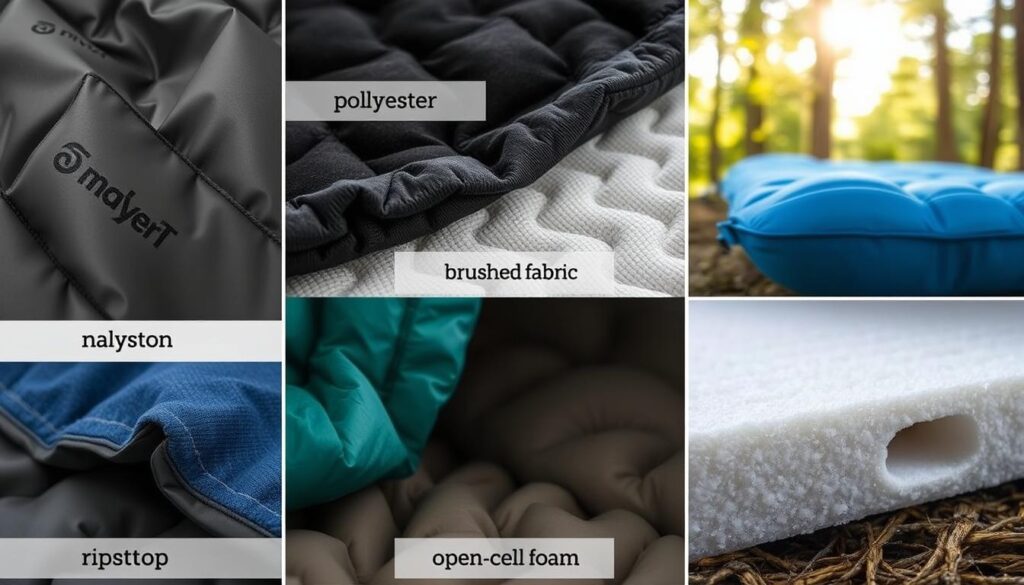
Sleeping Pad Features to Look For
When picking a sleeping pad, many features matter for a better camping trip. Knowing these helps me choose wisely. I look at R-value insulation, thickness, support, and how easy it is to pack.
R-Value and Insulation Performance
The R-value shows how well a pad keeps you warm. A higher R-value means better warmth, which is key on cold nights. I pick a pad with good R-value insulation to stay cozy.
Thickness and Support Levels
Thickness is key too. Pads can be a few inches to over six inches thick. The right thickness affects how comfortable I am. I choose based on my sleeping style and how firm I like it.
Packing Size and Weight
Packing size is important for backpacking. A good pad is small and light, saving space without sacrificing comfort. Finding the right balance between comfort and size helps me carry less and move easier.
Comfortable Sleep While Camping: Padding Types
Choosing the right sleeping pad is key for a good night’s sleep outdoors. There are two main types: self-inflating pads and air pads. Each has its own benefits, fitting different camping needs and styles.
Self-Inflating Pads
Self-inflating pads are super easy to set up. They inflate automatically when you open the valve. This is great after a long day of hiking.
These pads mix open-cell foam and air for a comfy and warm sleep. They’re perfect for keeping you cozy on chilly nights. This makes them great for many camping situations.
Air Pads
Air pads are known for being adjustable. You can change how firm they are by adding or removing air. This lets you customize your sleep for the best comfort.
They’re also light and easy to carry, making them perfect for backpacking. Plus, they’re easy to pack up, saving space in your bag.
Knowing the perks of self-inflating and air pads helps me choose the best one. By looking at different sleeping pads, I can pick one that makes my camping trip better.
| Pad Type | Advantages | Best For |
|---|---|---|
| Self-Inflating Pads | Quick setup, good insulation | Car camping, cooler climates |
| Air Pads | Custom firmness, lightweight | Backpacking, warm weather |
Comparing Gear: Best Camping Equipment in the Market
Choosing a sleeping pad means looking at many options. I focus on finding ones that are affordable yet offer great performance and comfort. Brands like Therm-a-Rest, Nemo, and Sea to Summit are top choices. Reviews often point out key features that make a big difference in how well you sleep.
Top Sleeping Pads for Every Budget
There are many sleeping pads that are both good and affordable. Here’s a quick look at some options for different budgets:
| Brand | Model | Price Range | Key Features |
|---|---|---|---|
| Therm-a-Rest | NeoAir Xlite | $$$ | Lightweight, high insulation, compact |
| Nemo | Dragonfly | $$ | Innovative design, comfortable, solid durability |
| Sea to Summit | AeroLite | $ | Budget-friendly, reliable, decent insulation |
Dependability and User Reviews
User reviews are very helpful in making my choice. They share insights on how well a pad performs and lasts. Common points in these reviews include:
- Comfort level under various conditions
- Ease of setup and packing
- Long-term durability with regular use
Brands that get lots of positive feedback usually offer the best sleeping pads. This helps me make a smart choice based on what others have experienced.
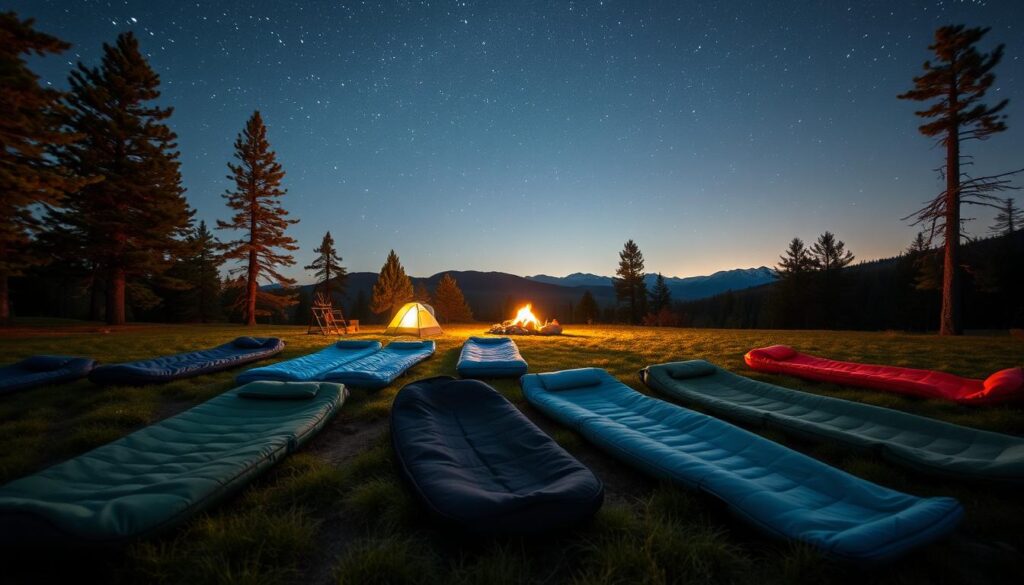
Outdoor Gear Recommendations for Optimal Comfort
Choosing the right sleeping pad is just the start. Adding more gear can make a big difference in how well I sleep. I look for a good sleeping bag, a comfy pillow, and a breathable liner. These items help make my sleeping pad more comfortable and improve my overall sleep.
Additional Gear to Enhance Sleep Comfort
- Sleeping Bags: I pick bags that match the temperature I’ll face. REI and The North Face have great options for different weather.
- Pillows: A small, inflatable pillow helps with neck support. Therm-a-Rest makes some of the best for camping.
- Liners: These add warmth and keep my sleeping bag clean, making it last longer.
Setting Up for Success: How to Use Your Sleeping Pad
Using my sleeping pad right is key to a good night’s sleep. Here’s how I set it up for comfort and protection:
- Find Level Ground: I make sure the pad is on a flat spot to avoid any discomfort.
- Use Extra Insulation: In cold weather, I add a layer under the pad for extra warmth.
- Proper Storage: I roll my pad carefully to keep it in good shape for the next trip.
By following these tips and using the right gear, I make sure I sleep well on my camping trips. Paying attention to these details helps me enjoy the outdoors more.
Camping Gear Reviews: What Others Are Saying
Real user experiences with sleeping pads are key when making a purchase. Many camping gear reviews share insights on comfort, weight, and durability. They help us see how well these pads work in the outdoors.
User Experiences and Product Feedback
First-hand reviews often talk about features that make camping better. For example, the Therm-a-Rest NeoAir XTherm is loved for its warmth and light weight. It’s a top pick for backpackers.
Others rave about the Sea to Summit Ether Light XT. They say its soft surface makes for a great night’s sleep. Overall, people look for value that doesn’t sacrifice comfort or performance.
Expert Recommendations
Experts like GearJunkie and OutdoorGearLab recommend the Big Agnes Q-Core Deluxe. They say it’s great for its comfort and versatility. It’s stable and keeps you warm, even on cold nights.
They stress the importance of finding what works best for you. They also suggest trying out sleeping pads before buying.
Conclusion
In this summary, I’ve looked at key factors for picking the best sleeping pad for camping. It’s important to think about what I need and the outdoor conditions I’ll face. This helps me make a choice that’s right for me.
The materials and how well the pad performs are also crucial. They affect not just how comfortable it is but also how long it lasts and how light it is.
A good sleeping pad can really change my camping experience. It ensures I get a good night’s sleep, which lets me enjoy nature more. Now, I know how to pick the right sleeping pad for my adventures.
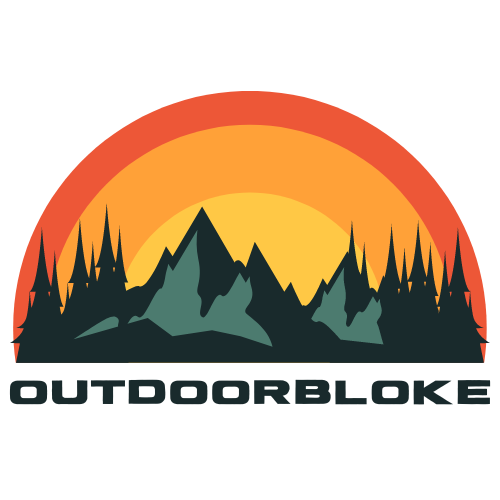


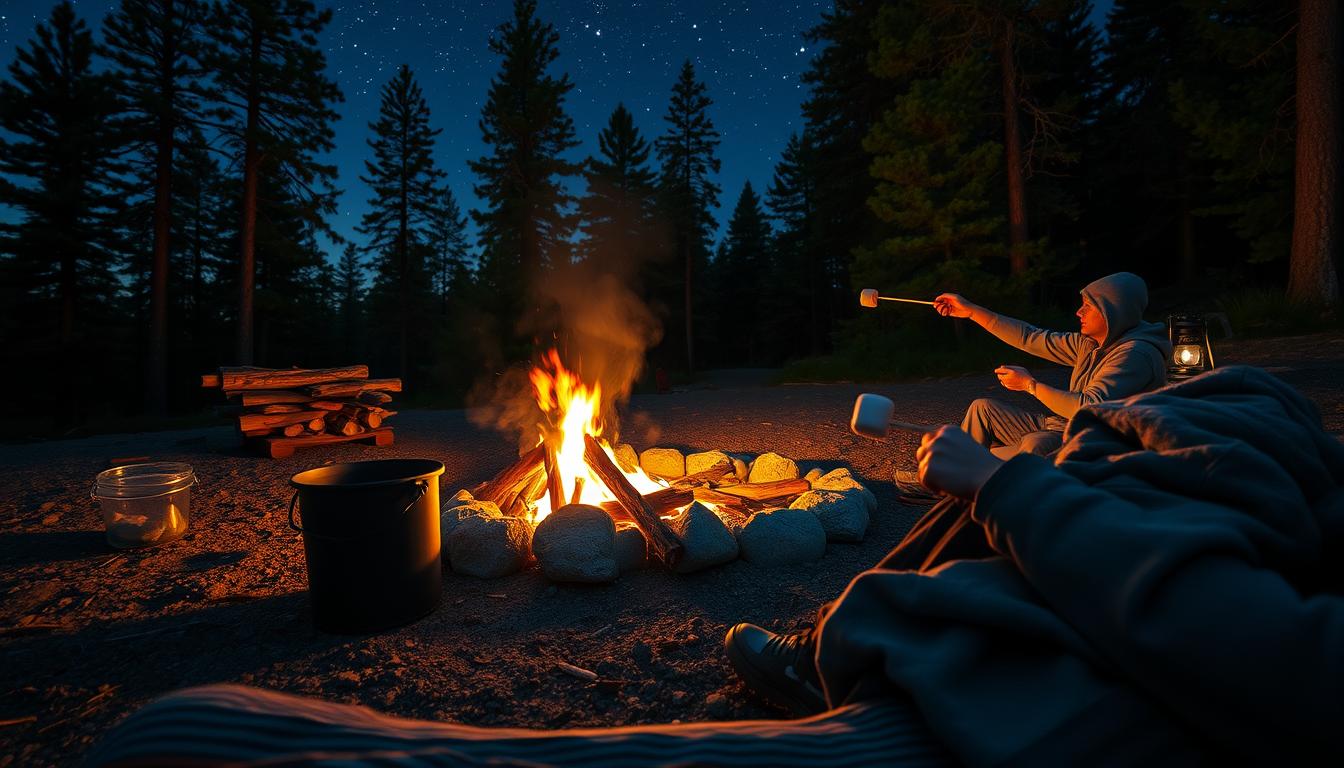
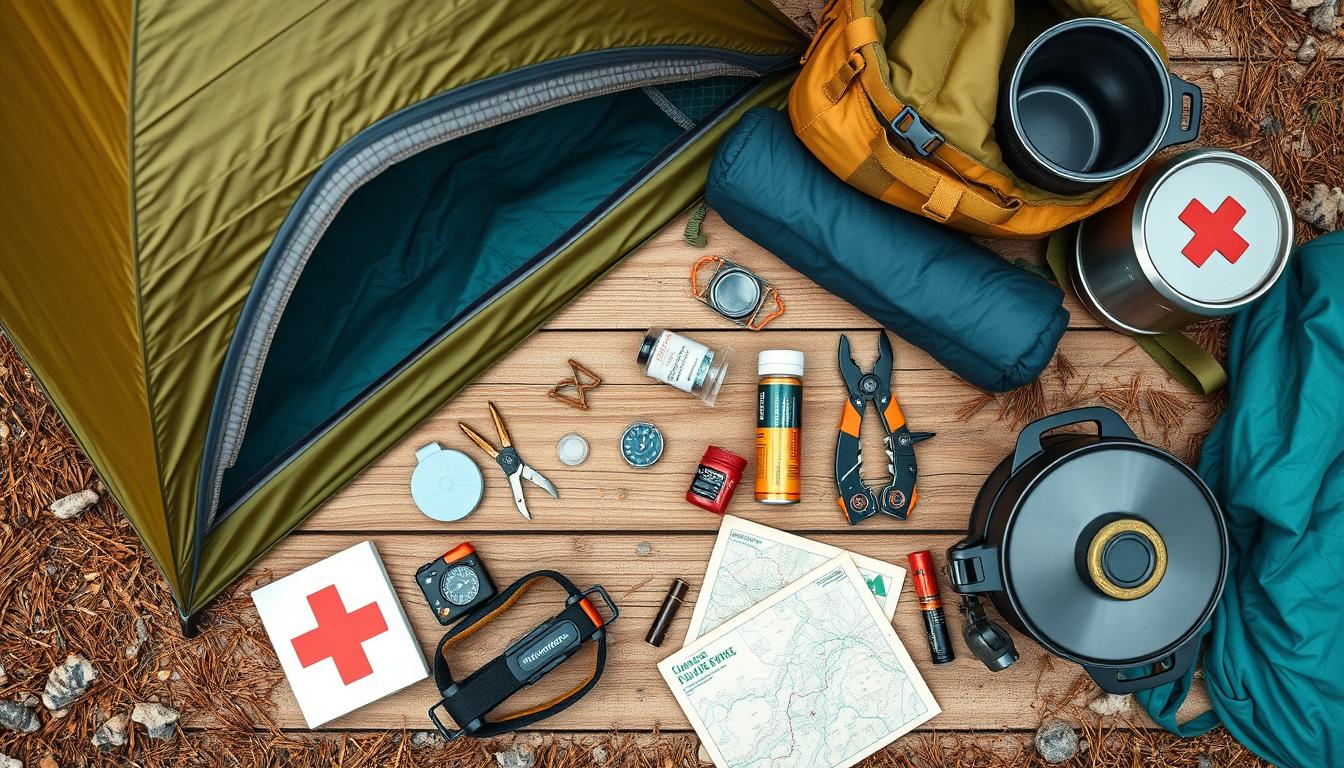
Leave a Reply